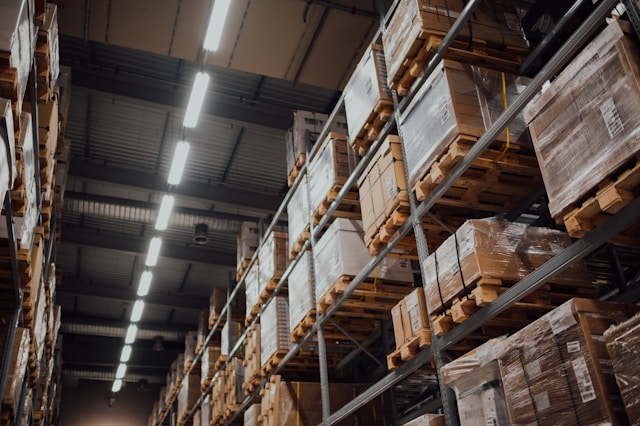Based on the idea that information is power, modern organizations must find the optimal way to gather and process real-time data from the market. After all, the company that manages to identify the trends first can act first, which creates a competitive advantage that usually turns to profit or a larger market share.
Moreover, the last few years showed that anyone willing to go the extra mile when it comes to technology and Big Data is doing the right thing. As a result, enterprises are now highly-invested in asset tracking and optimization in order to improve customer satisfaction and reduce costs.
Modern technologies make enterprise asset tracking easier since managers can use IoT devices to track and monitor assets and improve their strategy based on the data received from the field.
But what is going to happen next? Is there room for growth when it comes to asset tracking?
Today we are going to talk about the three main trends that shape the future of the enterprise asset tracking industry.
1. Smarter Devices & AI
Modern tracking devices are intelligent enough to make basic decisions based on the information they receive from the environment. For instance, providers like Samsara can offer a wide range of equipment tracking devices fitted with real-time GPS and remote access to diagnostics which allows them to communicate with the manager and indicate when something is not according to standards.
Smart equipment tracking devices, in combination with AI-powered systems, can help automate warehouse organization and storage, reducing the involvement of the human factor to a minimum. As a result, there will be fewer mistakes and work accidents, and enterprises will pay less in labor costs.
In addition, these smart devices feed real-time data into an AI-powered system that can automatically optimize processes and operate dynamic changes in order to keep things running smoothly. This increases the speed of delivery and reduces the risk of theft or fraud.
2. Real-Time Insight
When decision-makers have a large picture of the way enterprise assets are being used and distributed, they have the chance to identify trends and patterns that can help improve the work process and reduce costs.
Moreover, data collected directly from the field is important for overall productivity and efficiency. A great example of how real-time data and analytics help reshape an industry standard comes from the medical field. By tracking medical supplies and equipment, managers were capable to reduce equipment downtime and understand patterns that eventually led to saving more people’s lives. When you know where everything is and how long it takes to move from one location to another, it’s easier to plan ahead and prepare for emergencies.
3. Risk Assessment
The new developments in IoT and similar technologies opened the door for a better understanding of risks as well. Regardless of their nature, enterprise assets are exposed to a wide range of factors that are not always favorable.
For instance, vehicles are predisposed to accidents. However, smart devices and sensors can help fleet managers in identifying reckless drivers so they can take preventive measures. The same goes for driving assistants – devices that analyze traffic flow and indicate the best routes to take in specific situations.
In addition, modern enterprises also face a wide range of cybersecurity threats (especially in a time when data are transmitted remotely at an incredible volume). Still, with careful planning and analysis, this too is a risk that can be mitigated.
Wrap Up
The need for more information led to the development of asset tracking technologies that a few years ago may seem out of this realm. But, as the technology continues to improve at impressive speeds, organizations must stay up to date in order to keep their advantage. Otherwise, if you lose your footing even for a moment, it will be difficult to catch up.







